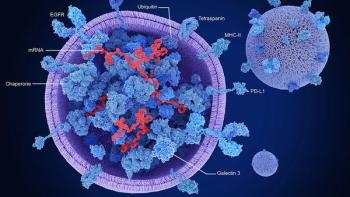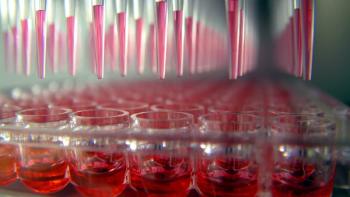
BIO 2025: Considerations for Drug Development
BioPharm International® spoke with Robert Cornog, senior director, Product Development, at Quotient Sciences about how commercial manufacturing and tech transfer impact biopharmaceuticals at the development stage.
Developing a biopharmaceutical includes multiple steps and a variety of factors that must be taken into consideration. While commercial manufacturing and tech transfer may seem far downstream in the process from development, they are actually important parts of the formulation process.
“A great example is with the selection of raw materials and alignment with global compendia,” explains Robert Cornog, senior director, Product Development, at Quotient Sciences. “You want to avoid any divergence in acceptance between regions, which could lead to reformulation down the lines. At Quotient, we start assessing scalability and intended control strategies as soon as possible, while still building in flexibility wherever you can for the program, so you can pivot when those changes are needed. And those needs and those changes will most certainly occur throughout a program's lifecycle as you start to approach commercialization. Engaging with your regulatory groups early to align on your filing strategies and your CMC [chemistry, manufacturing, and controls] control strategies [will] avoid any unknown misalignments down the road which could cause additional hurdles in your filings.”
Click the video above to watch the full interview.
Quotient Sciences can be found at Booth #3084 at the
About the speaker
Robert Cornog is senior director, Product Development, at Quotient Sciences.
Newsletter
Stay at the forefront of biopharmaceutical innovation—subscribe to BioPharm International for expert insights on drug development, manufacturing, compliance, and more.





